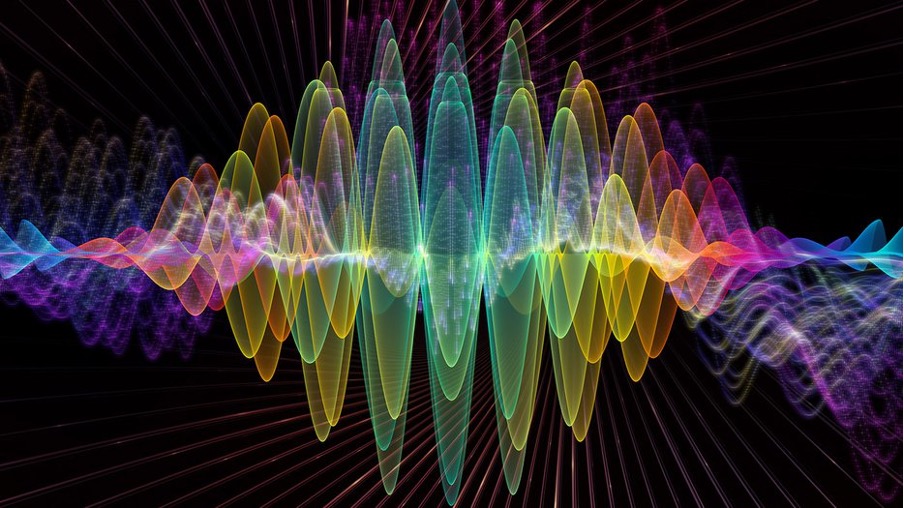Jesni Shamsul Shaari and Kavintheran Thambiratnam
Dept. of Physics, International Islamic University Malaysia, IIUM Photonics and Quantum Center (iPQC)

Since the dawn of civilization, humanity has strived to understand the world, shaping the course of progress with each discovery. From harnessing fire by the earliest man to unravelling the mysteries of electricity in the 17th and 18th centuries, and eventually splitting the atom less than a century ago, these fundamental breakthroughs have driven the advancement of society and defined the trajectory of human innovation. With the birth of quantum physics came a profound shift in our understanding of the universe: the principle of uncertainty. Unlike classical physics, which assumes that precise measurements are always possible in theory, quantum mechanics reveals that certain properties – such as a particle’s position and momentum—can never be simultaneously known with absolute precision. This fundamental limit, known as Heisenberg’s Uncertainty Principle, challenges our classical notions of determinism and defines the very fabric of reality.
Beyond its role as a theoretical insight, Heisenberg’s Uncertainty Principle has found a groundbreaking application in quantum cryptography. In 1984, it became the foundation of the BB84 protocol, developed by Bennett and Brassard, which introduced quantum key distribution (QKD) as a method for secure communication. This protocol ensures that any attempt by an eavesdropper to measure a quantum state inevitably disturbs it, thereby exposing their presence. Even today, commercially available QKD systems continue to rely on this fundamental principle to safeguard information.
But what happens when encryption is embedded in quantum processes rather than just measurements? This question arises in bidirectional QKD schemes, where information is encoded in unitary transformations—quantum operations that evolve a system rather than simply observing it. Researchers int this field, such as Jesni Shamsul Shaari and Stefano Mancini have sought to understand the deeper principles behind these protocols and have uncovered a new kind of uncertainty: one that applies not just to measurements, but to the very process of distinguishing quantum transformations themselves. This was published in Annals of Physics (https://doi.org/10.1016/j.aop.2019.168043)
This discovery broadens the concept of uncertainty beyond Heisenberg’s original formulation. Rather than just limiting the precision of measuring physical properties, it reveals fundamental constraints on how much information can be extracted when probing quantum processes. This idea is formalized through entropic bounds—mathematical limits that quantify the inherent uncertainty between different quantum testers. Notably, when these bounds reach their maximum, the quantum transformations being examined exhibit a unique structure known as mutually unbiased unitary bases (MUUBs). These structures serve as the quantum analogue of mutually unbiased measurement bases, which are central to quantum information theory.
From Uncertainty to Security
So, where does this leave us? We already know that certain pairs of observables cannot be measured with absolute precision, meaning we can never fully determine the exact state of a quantum system. Now, we realize that this uncertainty extends beyond quantum states to the very processes they undergo.
At first glance, this might seem like a limitation. However, paradoxically, these very uncertainties form the foundation of security in the digital world. Just as Heisenberg’s principle prevents eavesdroppers from secretly measuring quantum states in traditional QKD, the uncertainty in testing quantum transformations provides new ways to strengthen bidirectional QKD protocols. The inability to precisely distinguish quantum transformations can itself serve as a powerful defense against potential attacks.
In an era where cybersecurity threats are constantly evolving, quantum uncertainty—far from being a weakness—may prove to be our only certainty for protecting information.

